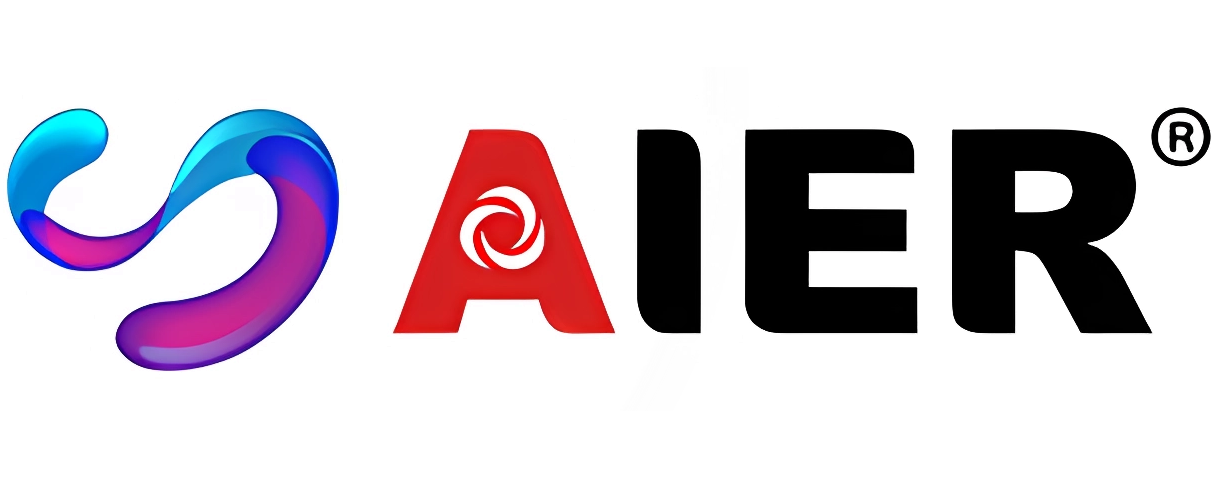មករា . 25, 2025 22:17 Back to list
wholesale slurry pump spare parts rubber parts
Centrifugal slurry pumps are indispensable in various industries, including mining, construction, and wastewater management. Generally designed for handling abrasive and high-density slurries, the performance and longevity of these pumps heavily depend on the quality and compatibility of their parts. To optimize their operation, one must delve into the intricacies of centrifugal slurry pump parts, focusing on how these parts contribute to the overall efficacy of the pump system.
Seals prevent leakage from the casing and maintain internal pressure, serving as a crucial barrier between the pump mechanism and the environment. Choosing the right type of seal—whether gland packing, mechanical seals, or expeller seals—depends largely on the application. Mechanical seals, while more expensive, offer superior sealing in high-pressure applications, preventing costly environmental contamination or health risks. Installation and maintenance are areas often overlooked, yet they serve as the backbone of long-term pump performance. Proper installation ensures that all parts are aligned and working in cohesion. Regular maintenance, including inspection and replacement of worn-out parts, extends the life of the pump and mitigates potential operational halts. Special attention must be paid to the material selection and compatibility of parts with the pumped media. Employing components made from materials that are resistant to corrosion and abrasion will notably enhance the pump's durability and performance. Utilizing high-quality and precisely engineered parts ensures reduced wear and tear, maintaining operational efficiency. Understanding explicit operational conditions is paramount. This includes slurry concentration, particle size, and pH level, which impact the longevity and efficiency of pump parts. For instance, pumps handling acidic slurries should incorporate materials like ceramic or rubber lining to mitigate corrosive damage. Investments in modern technologies offer additional support in optimizing slurry pump performance. Condition monitoring systems can preemptively alert operators to impending issues, while automated lubrication systems ensure that bearings function optimally without manual intervention. Centrifugal slurry pump parts are a distinct integration of engineering precision and materials science. Selecting the right parts, coupled with diligent maintenance practices, will not only extend the service life of the equipment but also enhance operational efficiency—a key consideration for industries worldwide. When choosing parts, consider the reputation of manufacturers, seeking those with proven expertise and authority in developing robust pump solutions. Establishing partnerships with these manufacturers fosters trust and assures consistent performance, underscoring the significance of reliable centrifugal slurry pump parts in industrial applications.


Seals prevent leakage from the casing and maintain internal pressure, serving as a crucial barrier between the pump mechanism and the environment. Choosing the right type of seal—whether gland packing, mechanical seals, or expeller seals—depends largely on the application. Mechanical seals, while more expensive, offer superior sealing in high-pressure applications, preventing costly environmental contamination or health risks. Installation and maintenance are areas often overlooked, yet they serve as the backbone of long-term pump performance. Proper installation ensures that all parts are aligned and working in cohesion. Regular maintenance, including inspection and replacement of worn-out parts, extends the life of the pump and mitigates potential operational halts. Special attention must be paid to the material selection and compatibility of parts with the pumped media. Employing components made from materials that are resistant to corrosion and abrasion will notably enhance the pump's durability and performance. Utilizing high-quality and precisely engineered parts ensures reduced wear and tear, maintaining operational efficiency. Understanding explicit operational conditions is paramount. This includes slurry concentration, particle size, and pH level, which impact the longevity and efficiency of pump parts. For instance, pumps handling acidic slurries should incorporate materials like ceramic or rubber lining to mitigate corrosive damage. Investments in modern technologies offer additional support in optimizing slurry pump performance. Condition monitoring systems can preemptively alert operators to impending issues, while automated lubrication systems ensure that bearings function optimally without manual intervention. Centrifugal slurry pump parts are a distinct integration of engineering precision and materials science. Selecting the right parts, coupled with diligent maintenance practices, will not only extend the service life of the equipment but also enhance operational efficiency—a key consideration for industries worldwide. When choosing parts, consider the reputation of manufacturers, seeking those with proven expertise and authority in developing robust pump solutions. Establishing partnerships with these manufacturers fosters trust and assures consistent performance, underscoring the significance of reliable centrifugal slurry pump parts in industrial applications.
Latest news
-
Small Dredger and Marine Pontoon- Aier Machinery Hebei Co., Ltd|Dredging Solutions, Industrial Equipment
NewsJul.30,2025
-
Small Dredger & Marine Pontoon - Aier Machinery Hebei Co., Ltd
NewsJul.30,2025
-
Small Dredger and Marine Pontoon - Aier Machinery Hebei Co., Ltd. | Dredging Solutions, Material Handling
NewsJul.30,2025
-
Small Dredger and Marine Pontoon Solutions by Aier Machinery
NewsJul.30,2025
-
Small Dredger and Marine Pontoon Solutions - Aier Machinery | Reliability, Cost-Effectiveness
NewsJul.29,2025
-
Small Dredger - Aier Machinery|Marine Equipment Solutions&Gold Mining
NewsJul.29,2025
